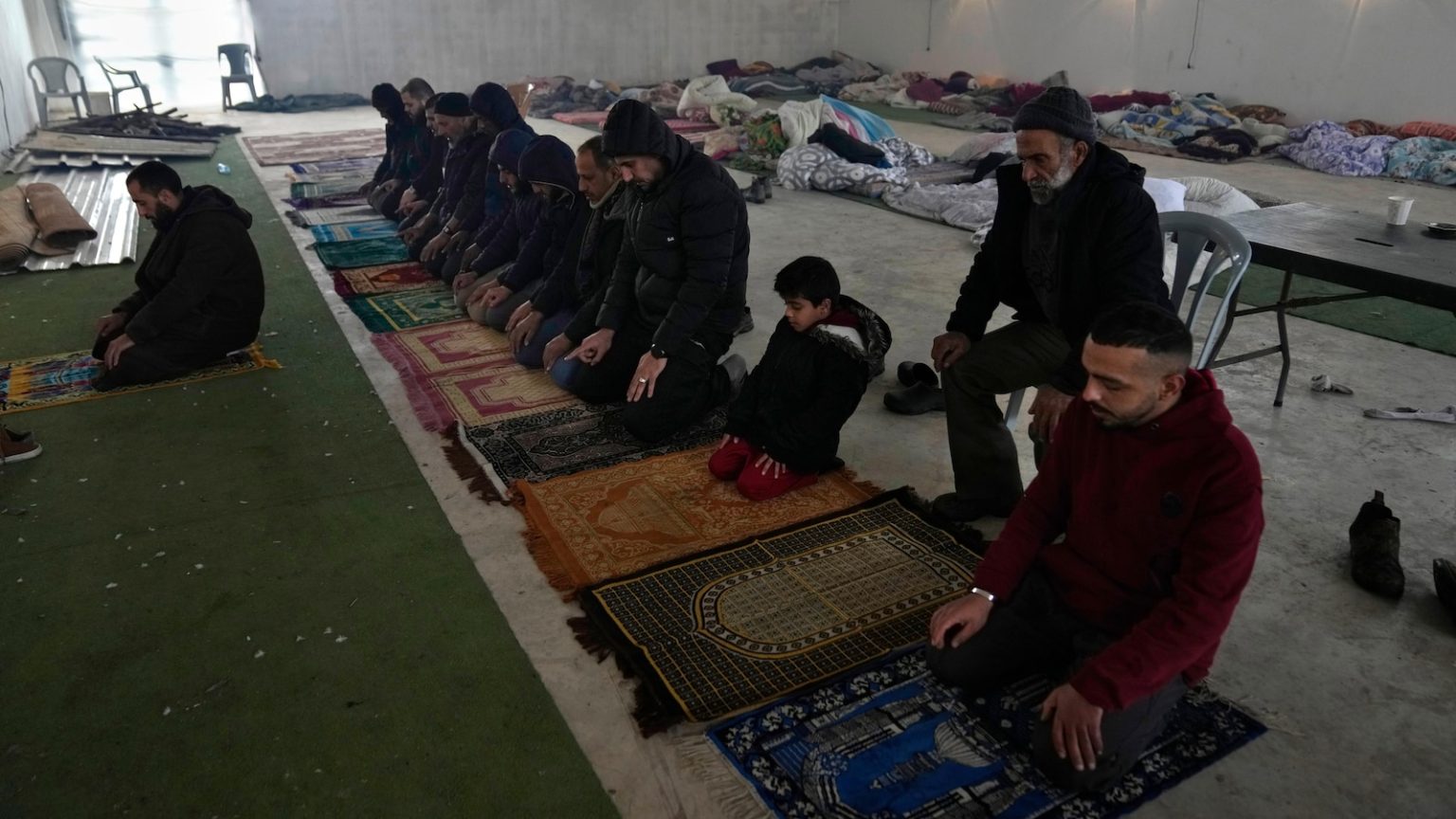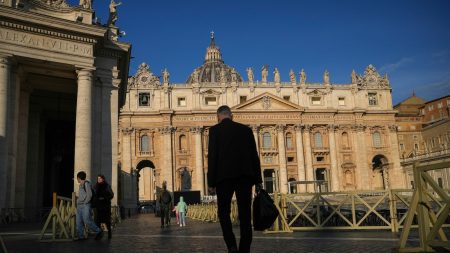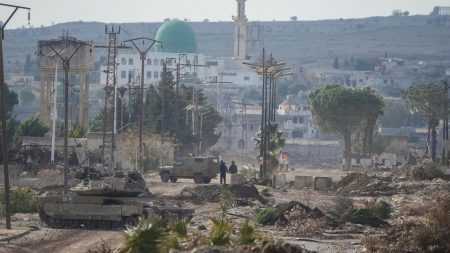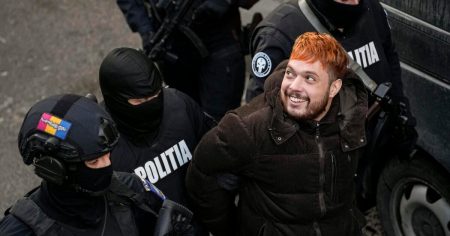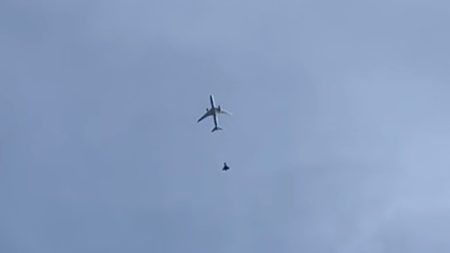Mass Displacement and Historical Context
In recent weeks, the northern West Bank has witnessed a mass exodus of Palestinians, fleeing Israeli military operations on a scale not seen since the 1967 Mideast war. Tens of thousands have left their homes in cities like Jenin, Tulkarem, Far’a, and Nur Shams, compelled by the escalating conflict. This displacement evoke memories of the 1948 Nakba, where 700,000 Palestinians were displaced, a trauma still deeply felt. The current operations, expanding beyond previous incursions, have shattered communities, stirring fears of a new era of dispossession.
Personal Stories of Displacement
Amid the chaos, personal stories highlight the human cost. Abed Sabagh, a father of seven, fled Nur Shams as his parents once did in 1948. Ayat Abdullah recalled a harrowing escape, clutching her children, braving snipers, to a shelter in Kafr al-Labd. Her son Nidal’s mimicry of drones underscores the trauma etched in young minds. These narratives reveal the desperation and resilience of those forced to flee.
Humanitarian Crisis and Infrastructure Devastation
The crisis extends beyond displacement, with critical infrastructure collapsing. Water scarcity, sewage overflow, and internet blackouts have become routine, with schools closed and food scarce. Experts warn that the camps are becoming uninhabitable, with infrastructure destruction exacerbating suffering. The conditions paint a dire picture, where basic necessities are luxuries and safety is elusive.
Military Tactics and Denials
Israel’s military tactics in the West Bank increasingly mirror those in Gaza, with a focus on counterterrorism. Despite denial of forced evacuations, testimonies and observations suggest otherwise. Soldiers reportedly use mosque megaphones to order departures, sometimes with brutality, ransacking homes and issuing fleeting warnings. This approach has drawn comparisons to population transfer, raising concerns about annexation and displacement.
Conditions in Shelters and Community Response
Shelters in towns like Anabta provide refuge, with communities stepping in to offer aid. Volunteers distribute essentials and provide meals, transforming mosques and buildings into makeshift shelters. While praised, these efforts are temporary. Mayor Thabet A’mar emphasizes the temporary nature of displacement, reflecting hope for return, yet uncertainty persists as the conflict rages.
Aftermath and Future Uncertainty
The aftermath reveals extensive destruction and emotional toll. Homes, like Doha Abu Dgehish’s, show signs of vandalism and neglect, symbolizing the trauma of return. The Israeli military blames militants but acknowledges potential rule violations, though accountability remains unclear. For many, the future is uncertain, living under the specter of repeated displacement, their sense of safety shattered. The conflict’s legacy continues to unfold, leaving communities in perpetual instability.





